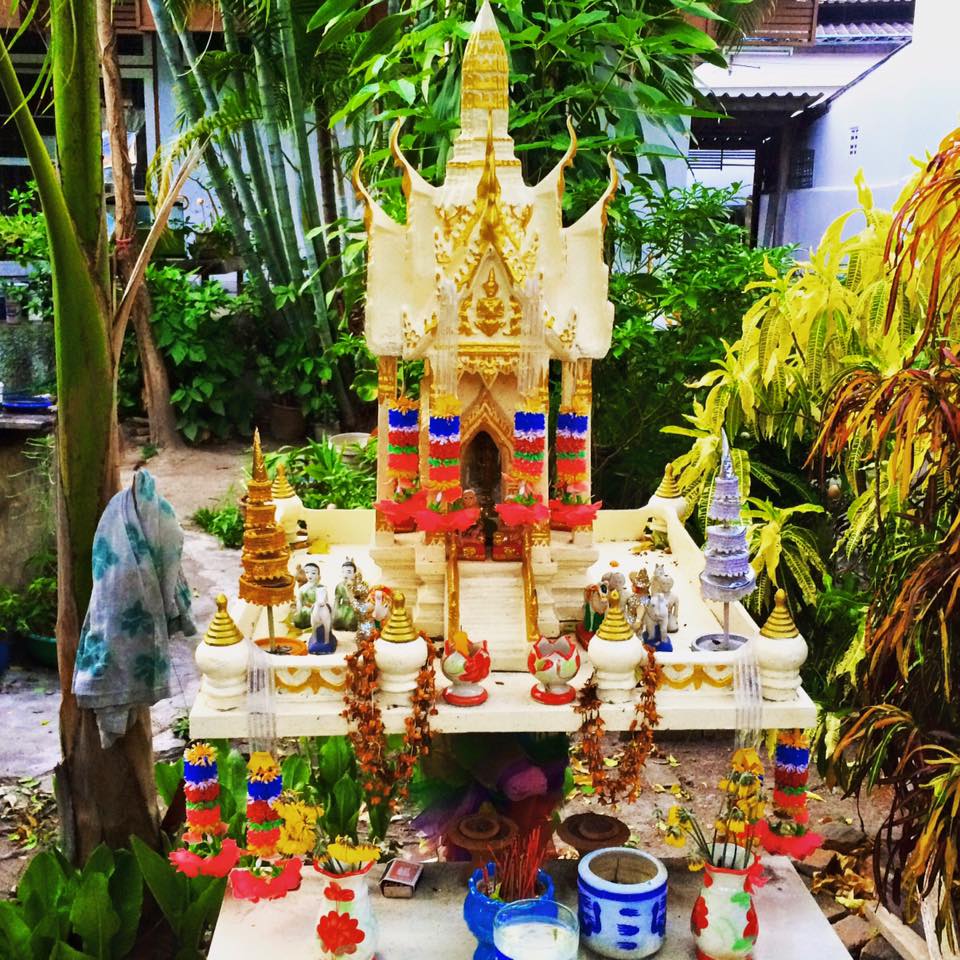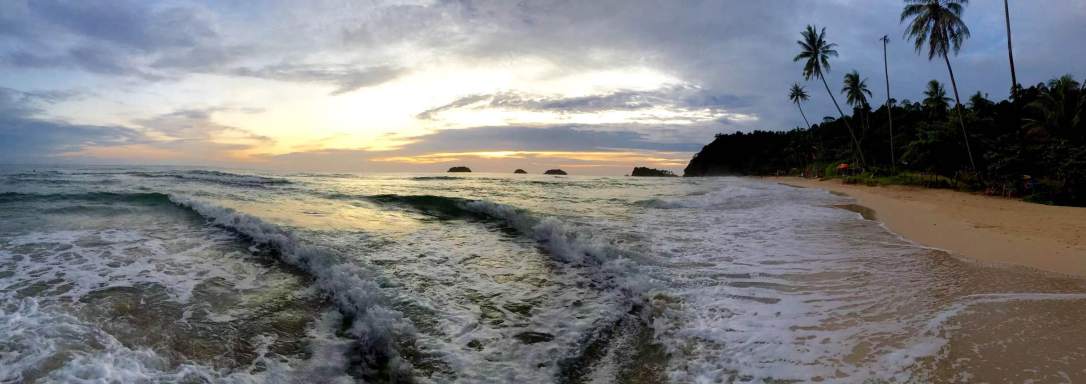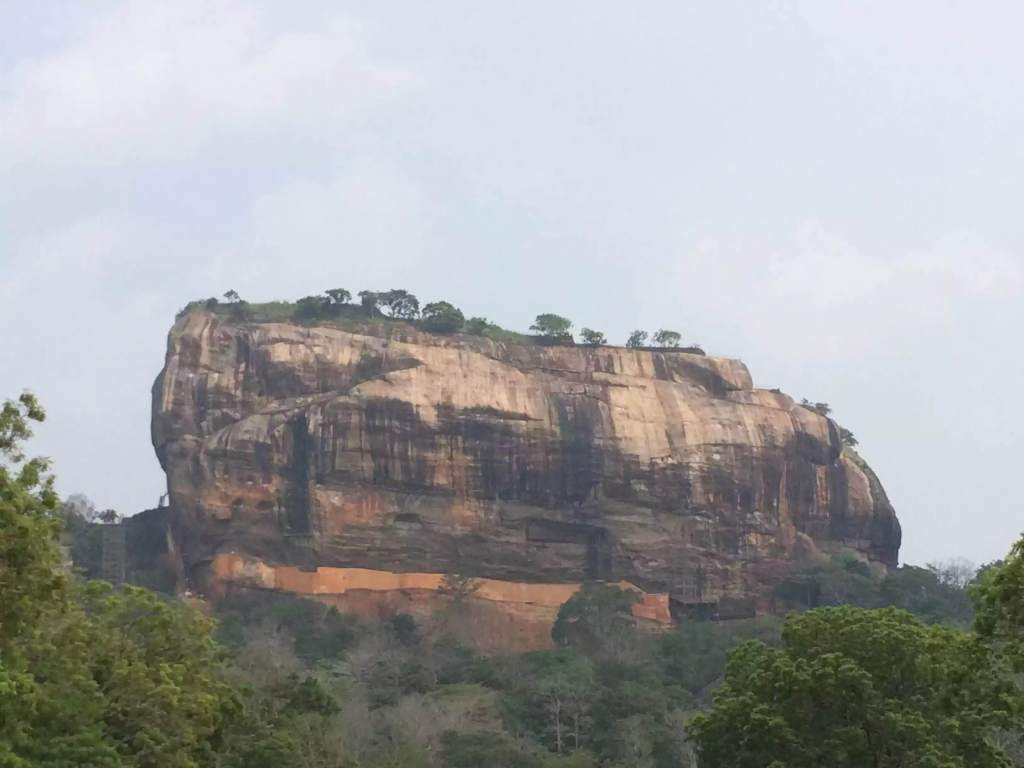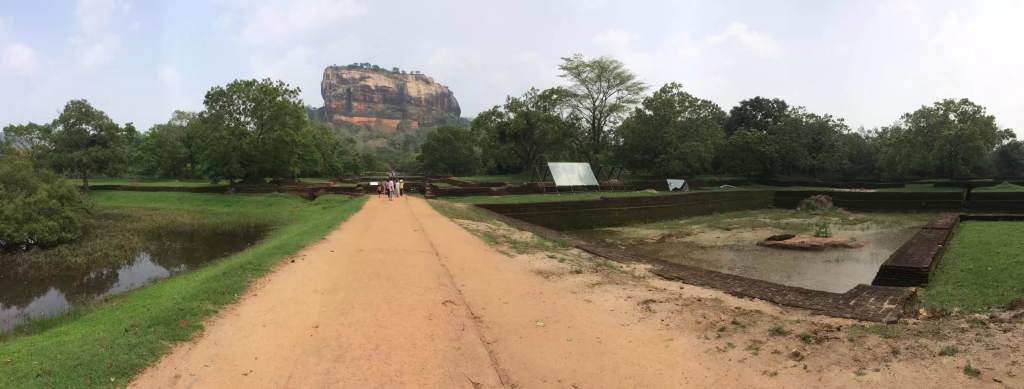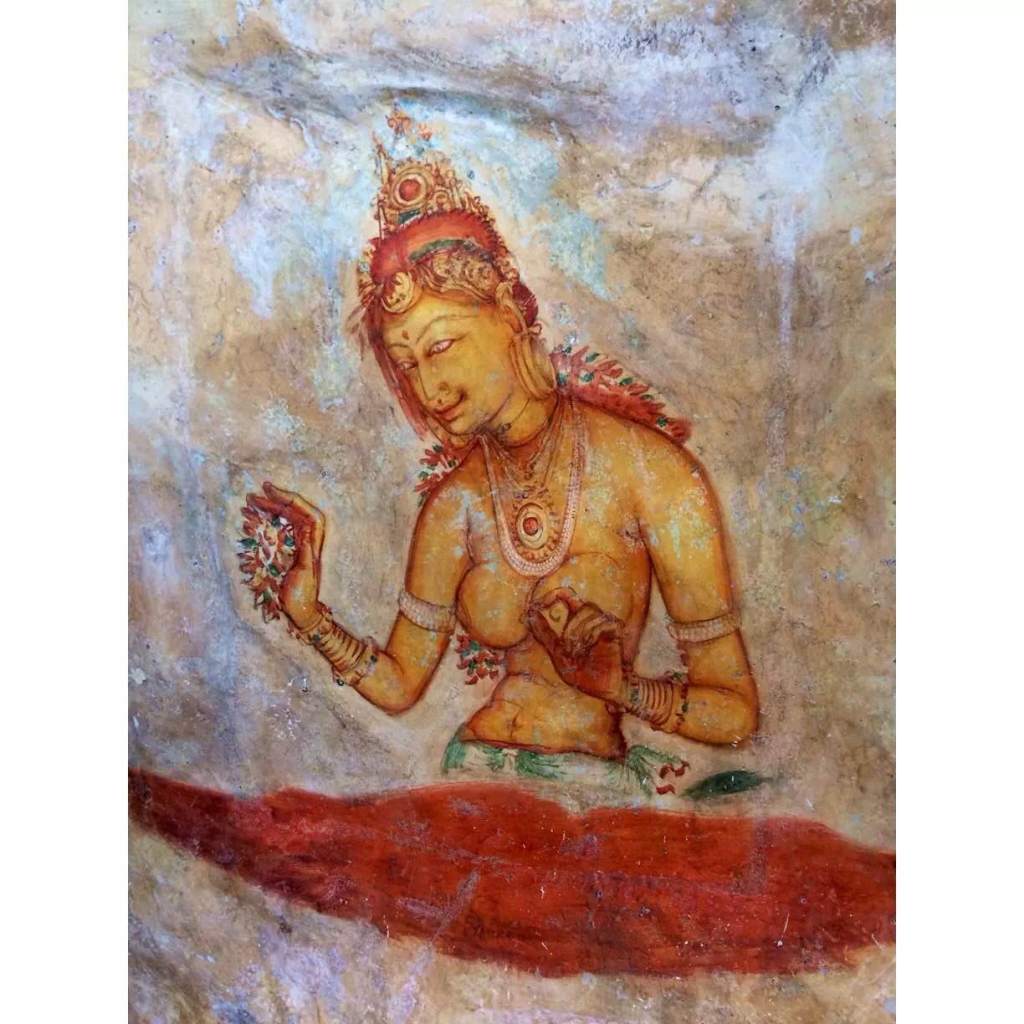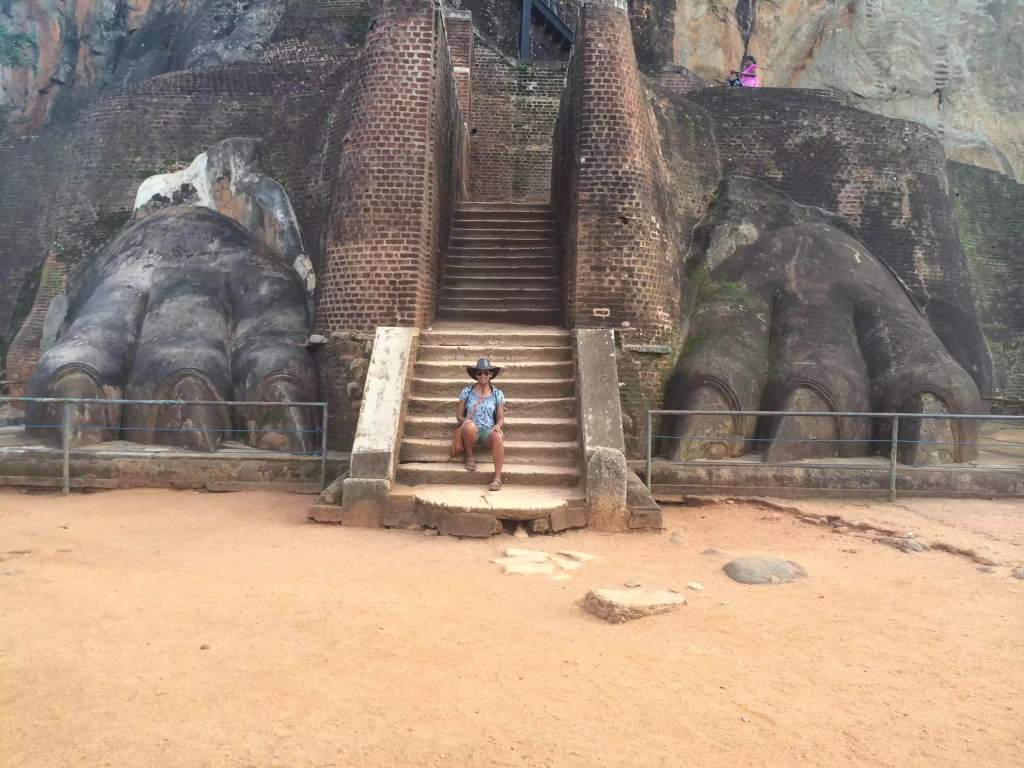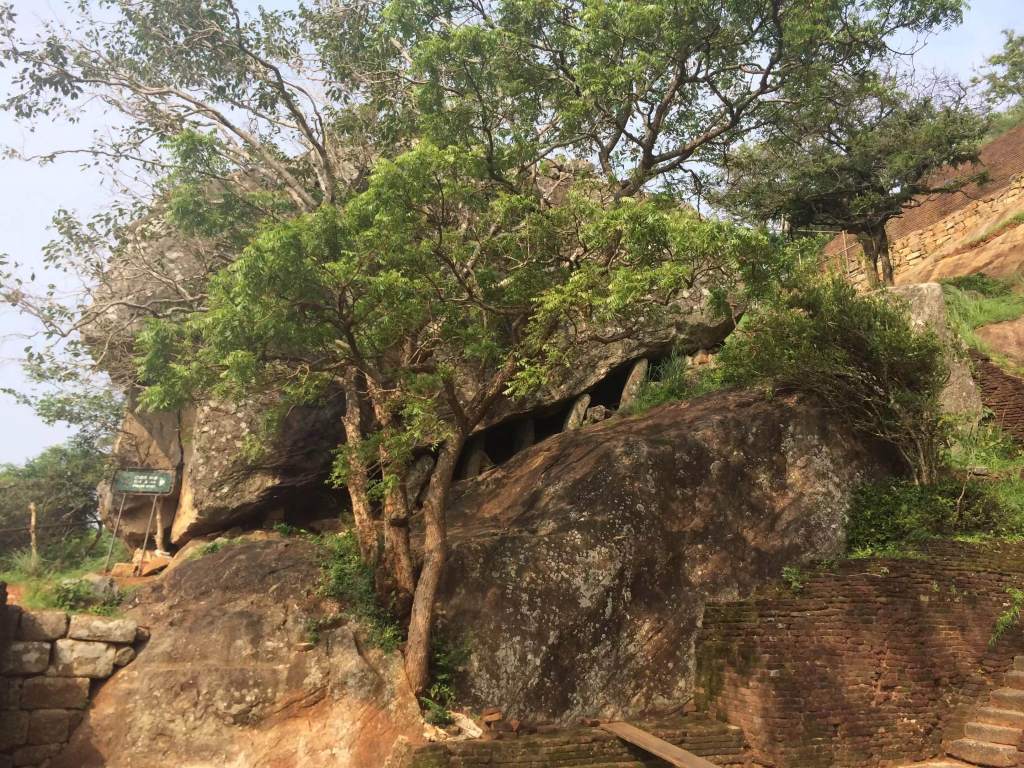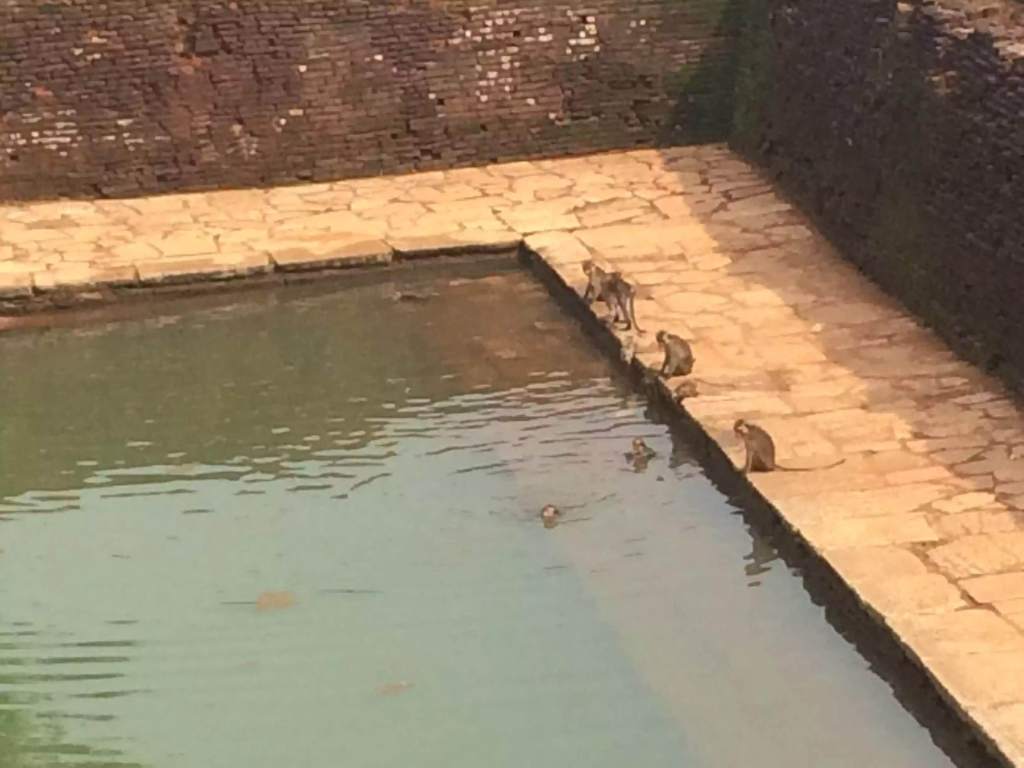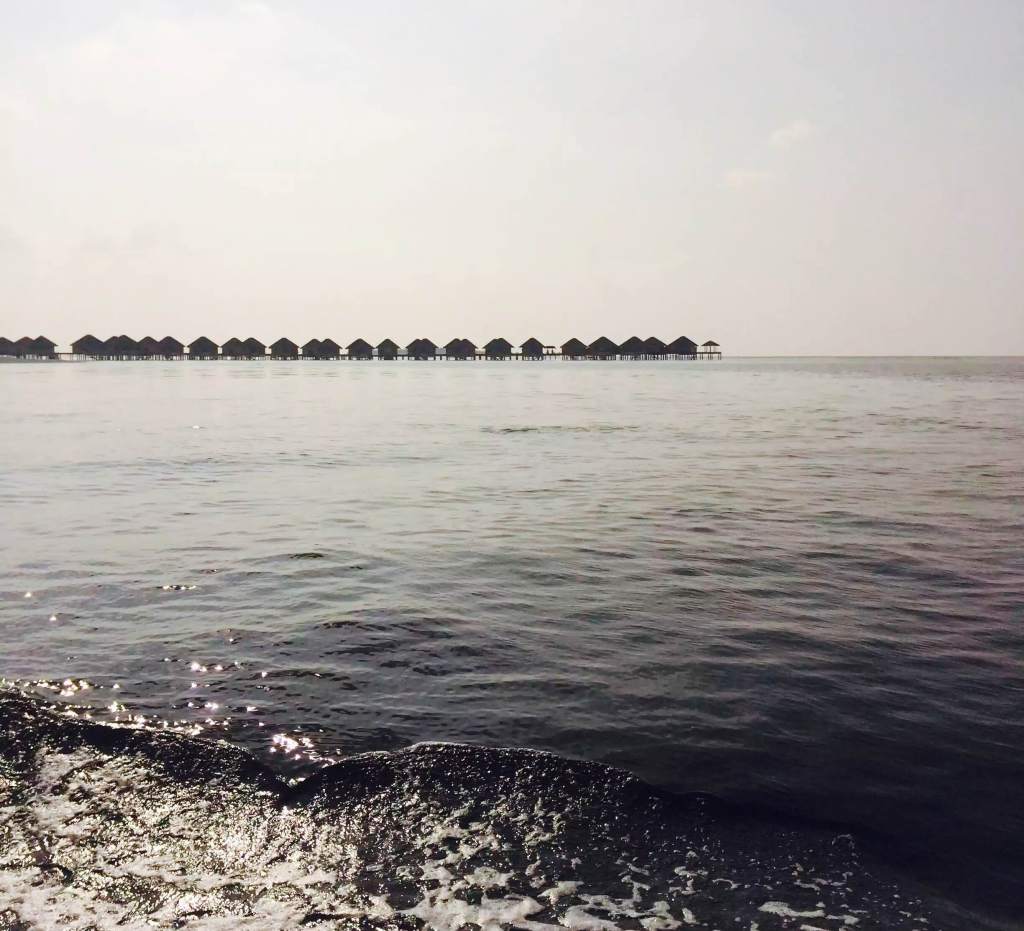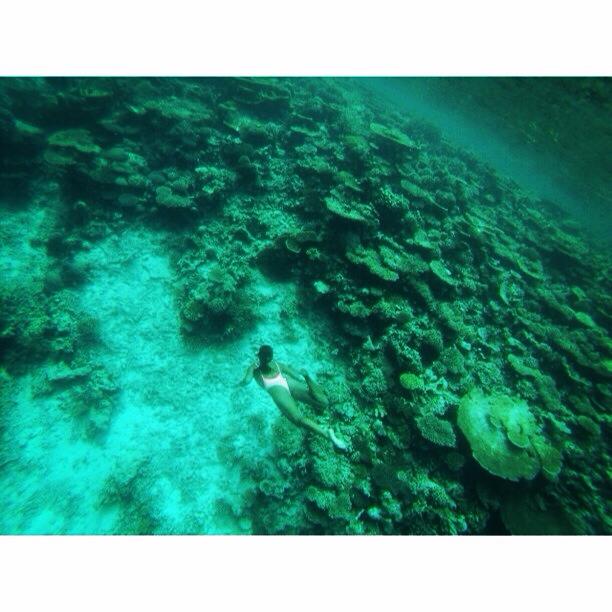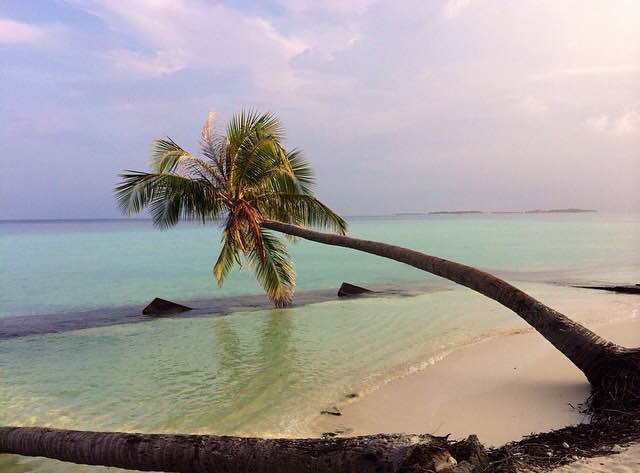
It’s pretty easy to identify a Southeast Asia backpacker. Just look at their pants and ask yourself: 1) Are they flowy? 2) Are they embellished with elephants?
Elephant pants. A solid 99.9% of backpackers sport ‘em. You know you’re in Southeast Asia when a gaggle of gap year gals stride past, elephant pants of the rainbow illuminating their eager steps. That purple pair she’s got on is positively stellar, oh how it makes her brown skin glow! And, that chic wisely chose the blue; can’t go wrong with a classic navy.
Indeed, these harem-style trousers are a favorite among maidens and gentlemen alike. Men, I bet that soft, linen fabric offers the comfort and coverage your precious bits deserve. Ladies, pair your pants with a solid crop top, hit the town at night, listen to that Thai band covering Wonderwall and BOOM. How easy is it to drop it low in a pair of elephant pants? You’ll be the envy of every girl on the dance floor.
I lost my elephant pants v card on good ol’ Khao San Road, the beating heart of the elephant pants empire. Fly into Bangkok for the first time, all glossy eyed and rosy cheeked as you stare at the city sights and breathe in all those pungent city smells; the gentle smack of lips evaporating in the humid air as Thai men hang languidly from tuk tuks and murmur “ping pong show *Pop pop*.”

The drab streets are splashed with the vibrant hues of elephant pants stacked like rainbow sprinkle hot cakes; thick mounds just begging to be rubbed against a face, to hug waists, tickle thighs and wedge between butt cracks. They are one of your first and most memorable purchases in SE Asia and with them, you’ll tread upon the banana pancake path invincible.
So what’s the deal with these pants? Why is everyone wearing them? Well amigos, it’s not just about the comfort or cheap price. The spiritual essence behind these mystical pants is profound.
If you take the leap and pull on a pair, you’ll instantly find yourself hurtling down an electric brain tunnel deep within your subconscious. You will transform into a Southeast Asia backpacker. You might even get a bamboo tattoo, don a man bun, or pierce your right nostril. Even after you return home, pulling on THE pants brings you back to exotic lands and fantastic adventures. With them, you can escape reality anytime, anywhere.
Can you hear the jovial chattering of the hostel common room? Do you smell the woody roast of the free instant coffee; feel the crumble of a crispy Laos baguette or hear the sizzle of those golden eyed eggs? It’s that final shot of Lao Lao and that frothy chug of Saigon; that one bus that broke down in the middle of nowhere or when you slept in the airport. It’s the steamy night with that person you met on the beach…you almost lost your elephant pants in the dark, but you crawled through the sand in desperation until you were reunited.

Ask any elephant pants extraordinaire and they will justify the magic. Did they save your legs during a sketchy motorbike spill? Did you meet the love of your life because you both connected over the fact that you were wearing the same pants? Maybe they warmed your extremities during a freak cold night in North Vietnam or you found your missing passport in the pants pocket. It’s not a coincidence that shit worked out. Those pants possess the blessings of ancient mammoths and the incorruptible spells of Asian warlocks threaded in every stitch.
They allow you to somewhat comfortably twist into any demanded position on an overnight sleeper, they check off the culturally conservative box when visiting temples, and those things hide dirt, sweat and swamp ass like a champ.
It becomes your inseparable security blankie, comforting you when wanderings get tough. The elephants are never grumpy, they always want to drink with you and they like the prickly feel of your unshaven legs. When you gotta spring up at 5am to catch that train in Myanmar, them elephants will be there, grinning at you, ready to conquer and destroy. They aren’t just pants. They are the ultimate wing-man and the best (and cheapest) travel buddy you will ever pick up on your journey through Southeast Asia.








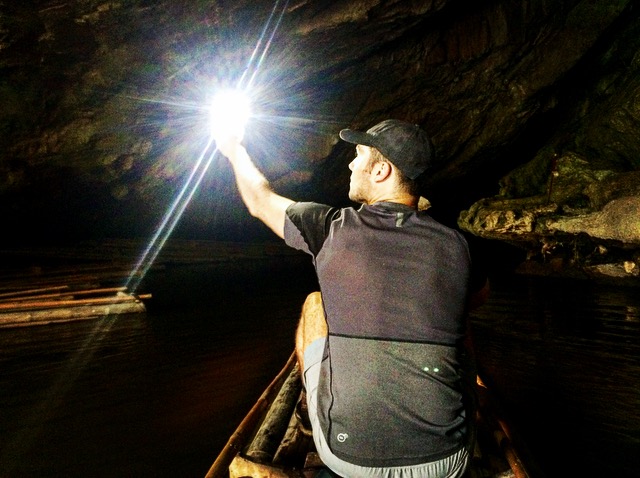

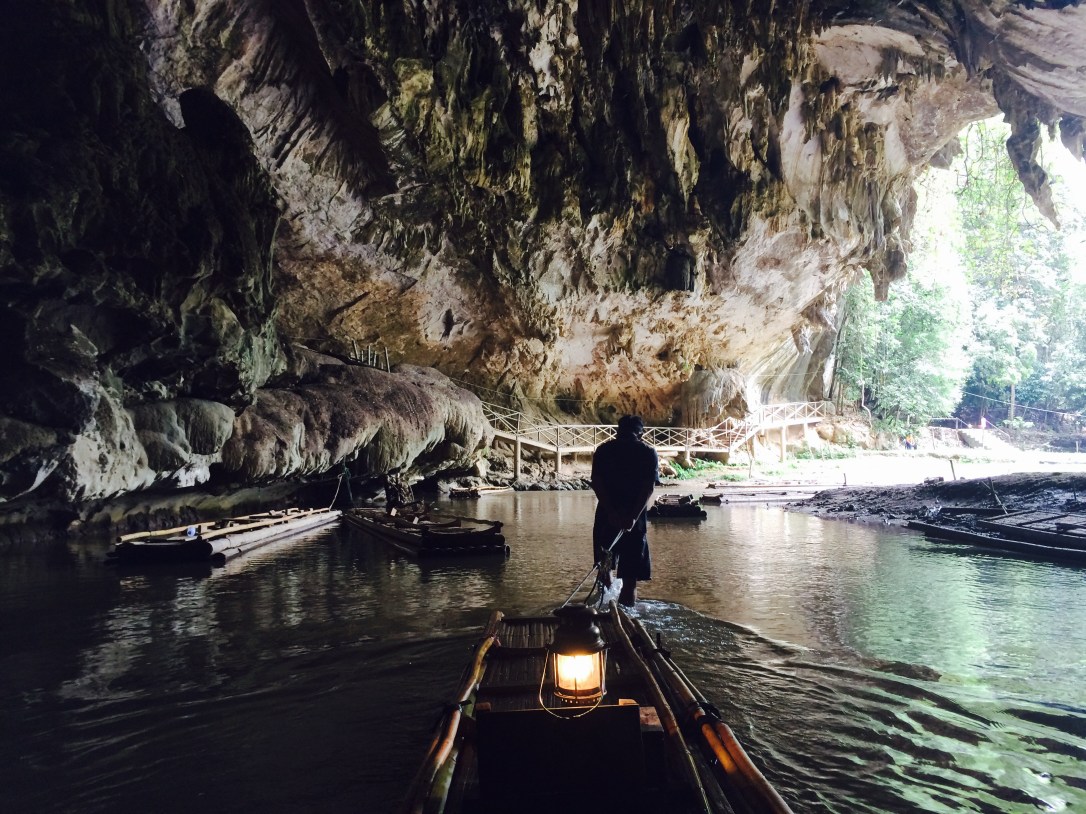



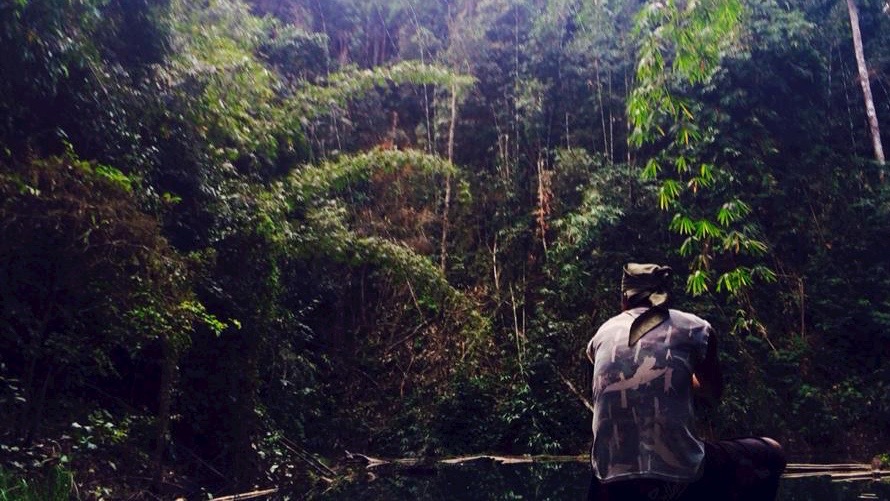





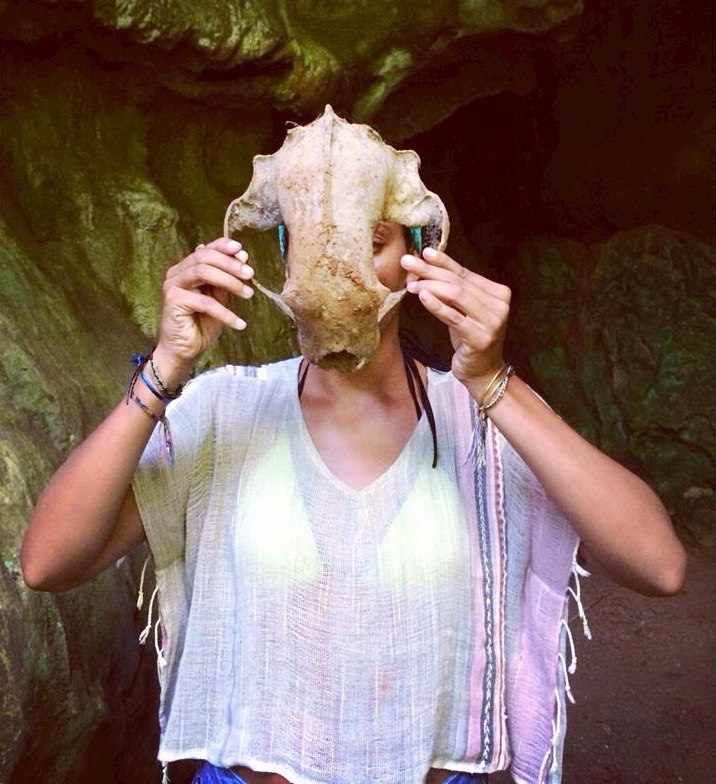




 The rain is sporadic and the humid air cooled by soft breeze on
The rain is sporadic and the humid air cooled by soft breeze on  Des and I had stumbled upon a bizarre discovery while exploring the island on scooters one day. A dirt road had brought us to a deserted beach and bay. It was a picture out of a luxury travel magazine, complete with a wide stretch of crunchy pink sand and mop-topped palms. A small inlet had been cut out of the bay to make an aquatic parking space. It’s inhabitant was a monstrous floating cruise ship. We pulled over and stared at the curious thing for awhile. We had stumbled upon a flying saucer of the sea, crash landed upon the island of Koh Chang.
Des and I had stumbled upon a bizarre discovery while exploring the island on scooters one day. A dirt road had brought us to a deserted beach and bay. It was a picture out of a luxury travel magazine, complete with a wide stretch of crunchy pink sand and mop-topped palms. A small inlet had been cut out of the bay to make an aquatic parking space. It’s inhabitant was a monstrous floating cruise ship. We pulled over and stared at the curious thing for awhile. We had stumbled upon a flying saucer of the sea, crash landed upon the island of Koh Chang. The quiet stillness was not expected and the air smelled of old wood. An unfamiliar electricity clung to the hairs of our bodies. The decor was dated yet modest, dusty yet protected from the harsh tropical weather due to the ship’s dense exterior. A reception desk greeted us and long narrow hallways ran down either side. The corridors were dark save for a milky bright light at the end of each outstretched hall; cabin doors casting shadows in the eerie interbreeding of light and dark.
The quiet stillness was not expected and the air smelled of old wood. An unfamiliar electricity clung to the hairs of our bodies. The decor was dated yet modest, dusty yet protected from the harsh tropical weather due to the ship’s dense exterior. A reception desk greeted us and long narrow hallways ran down either side. The corridors were dark save for a milky bright light at the end of each outstretched hall; cabin doors casting shadows in the eerie interbreeding of light and dark. As we headed towards our escape, what stood out in magnificent splendor was the most divine Spirit House I had ever seen.
As we headed towards our escape, what stood out in magnificent splendor was the most divine Spirit House I had ever seen.